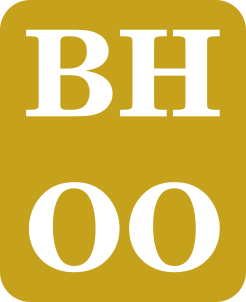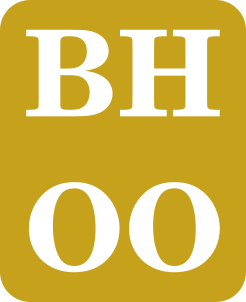Wacom MobileStudio Pro 13” is a powerfull pen-computer. One can draw on it just like paper and doesn’t have to connect to an external computer unlike Cintiq devices by Wacom.
In this review, we will look into details about the product specifications, performance and drawing experience.
Wacom MobileStudio Pro 13-inch

Specifications
The 13-inch variant of the product comes with following major specification in India region:
- WQHD (2560 x 1440) display with 82% Adobe RGB
- Intel Core i7 processor
- Integrated Intel Iris Plus Graphics 655
- 16 GB RAM
- 512 GB Storage
To read the full specifications, visit the MobileStudio Pro product page.
Performance
-
The Processor that comes with devices is powerful enough to run most of the design and art application.
-
The screen of the device is just 82% Adobe RGB, but that is a trade-off to have a matte screen with the paperlike grain.
-
The Battery backup was 2-3 hours on a heavy workload.
-
For the I/O ports, it has only 3 USB-C ports. One of them is USB3.1 Gen2, and the other two are Thunderbolt3. Lack of USB-A port felt a little strange, but this might be a progressive move from Wacom.
-
Apart from 3 USB-C ports, the device also comes with an Audio-combo (Headset) jack and a standard SD card reader.
-
Speakers were OK, and they were inaudible around noisy/loud background.
-
The unit we got for review and testing came with Windows 10 Pro installed.
-
The device could be used as a Pen-tablet(like a Cintiq) to connect to a separate computer. But, for that, you need to purchase the ‘Wacom Link Plus’ separately.
Drawing Experience

-
ExpressKeys on the device helps to keep the workflow simple and fast.
-
The driver which comes installed is flexible enough to customize the functions to ExpressKeys and Touch Rings.
-
Pen-pressure is good, and there is virtually no gap between the pen-tip and screen.
-
Touch gestures help in rotation, panning and zooming of the canvas area effortlessly.
-
Palm rejection is good with the Krita. But, I found that it didn’t work on the Blender 2.91. I think this issue is app-specific. You must check if the app you want to use is optimised for small and touch displays.
-
Lack of I/O ports hinders the use of some accessories which may be lying around. For example, a USB-A Keyboard, which can be helpful in a lot of art applications while working.
To conclude, I think this device is suitable for professionals who are on the move or want to draw outdoors digitally. For the studio use, I will recommend the 16-inch version of the device.


